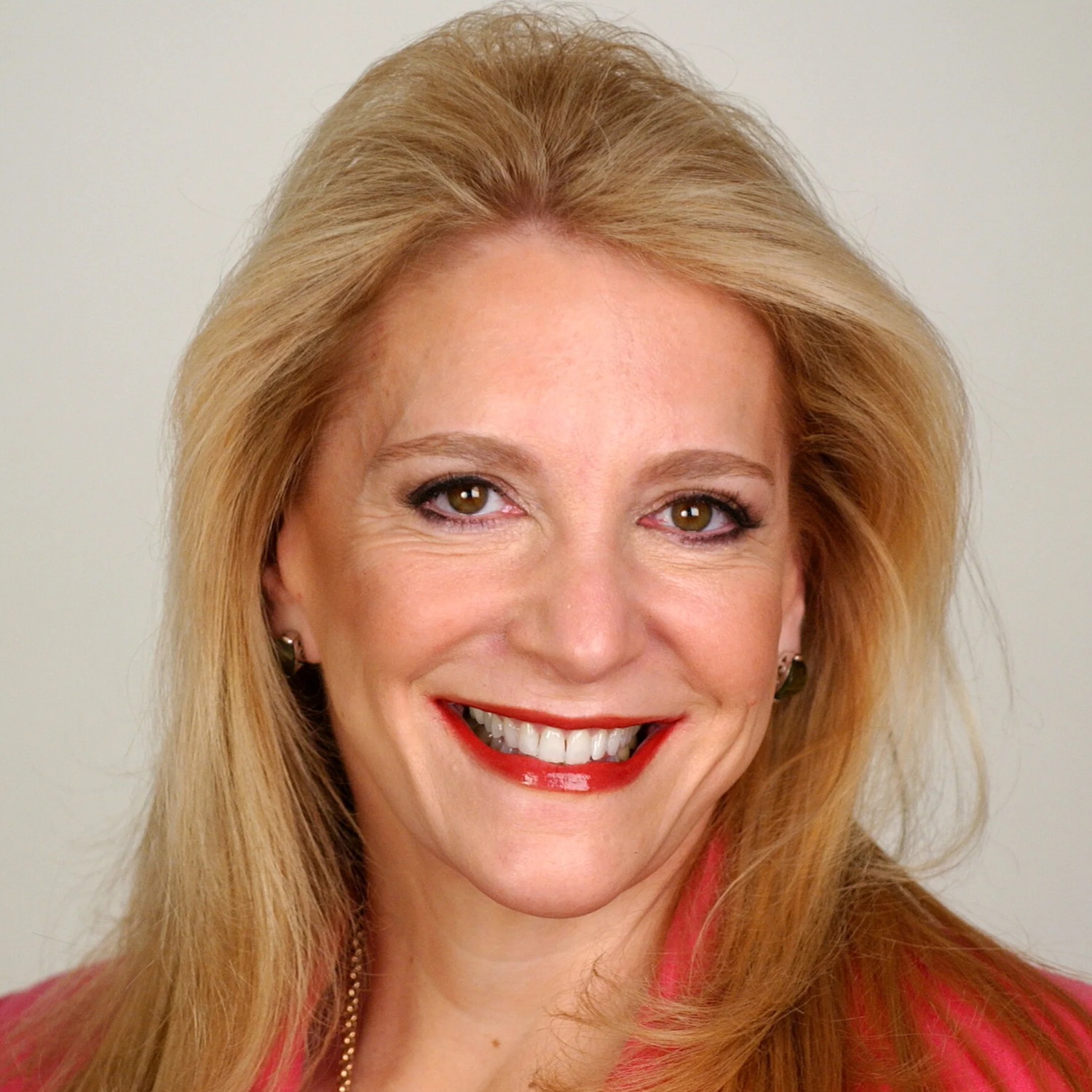The Pandemic Has Set Gender Parity Back: But We Can Fix That
Our economy has entered a “she-cession,” with job losses and caregiving pressures hitting women hard. But there are some things we can do to work on that.


As we emerge from Women’s History Month, we seem to always talk about the same old story: how true gender parity has never existed and doesn’t seem to be on the horizon.
Historically, as we celebrated the 100th anniversary of women in our country gaining the right to vote, the United States ranked a disappointing 53rd out of 153 countries around the world in the 2020 Global Gender Gap Report from the World Economic Forum. Today, women in this country still are behind in wages, earning 82 cents for every dollar a man makes. Over a 40-year career, that could mean almost a million-dollar income loss for women.
The Pandemic Holds Up a Magnifying Glass to Inequities for Women
The pandemic has been a disaster for women, just as Helen Lewis predicted in her The Atlantic article at the start of the pandemic a year ago. Women have been and remain as the caregivers who historically and currently, risk their lives to supply that care. The pandemic “magnifies” (as Lewis comments) the need for care-giving as well as the existing economic inequities women face. Women are more likely to be single parents. So, they had no choice but to drop out of the workforce to home school and care-give. Also, even when there were two working parents as a couple, women are still likely to be the lower earner, so again, they were drafted to be the parent to stay at home.
From just $107.88 $24.99 for Kiplinger Personal Finance
Become a smarter, better informed investor. Subscribe from just $107.88 $24.99, plus get up to 4 Special Issues

Sign up for Kiplinger’s Free Newsletters
Profit and prosper with the best of expert advice on investing, taxes, retirement, personal finance and more - straight to your e-mail.
Profit and prosper with the best of expert advice - straight to your e-mail.
We can argue whether this is for economic or cultural reasons. But the effect was for women to drop out of the labor market.
‘She-cession’
U.S. women as a group have given up a decade of employment gains, according to The Washington Post. Of all the jobs lost in this country since the pandemic began, 55% of them belonged to women. That’s 5.4 million women’s jobs eliminated since February 2020, according to the National Women’s Law Center. More dramatically, in December of 2020, women accounted for all of the net job losses, the center reported. Men actually gained jobs.
Then, 275,000 women left the workforce in January of 2021, versus 71,000 men. One reason is because men have been more able to work from home, while women hold more of the service and caregiver jobs that require personal contact. And more shocking, women represent more than half of the 7 million people out of the workforce who aren’t even counted as unemployed, although they want to work. So, in total, almost 2.4 million women have left the workforce since a year ago February, compared with fewer than 1.8 million men. Black and Latina women are suffering even more.
Gender Parity Should Start at Home
“We have come a long way, baby,” or have we? We may be exhibiting gender bias with our own babies, and not even be aware of it. Research shows that there is a real gender disparity in allowance payments to kids. Boys are paid twice as much in allowance as girls. Boys earn an average weekly allowance of $13.80 versus girls earning $6.71, according to a study by BusyKid.
Solutions to consider at home and work:
Quit giving chores a gender identity
Your dust doesn’t have a gender identity; your household’s chore list shouldn’t either. Make sure that you don’t have sexist chores within the household. It may seem “normal” to have your boys take out the garbage and your girls do the laundry. But you get to establish a new normal. You want all of your kids to learn the life skills it will take to run a household. That means that girls have to learn what could be considered “male” chores, and vice versa.
Change sick leave rules
Employers will have to start changing their rules around sick leave and paid family leave. In 2020, 75% of private industry workers had access to sick leave. However, 7 in 10 low wage workers do not have paid sick leave. The great news is that in President Biden’s new Covid Relief package, federal workers will be able to take more than three months to care for themselves or family members. Let’s hope that the private sector will follow their lead. As people return to work, companies will have to retool their policies, as women are more disproportionately hurt because they still remain the caregivers. The Biden provision expires Oct. 1, but the pandemic has shown that this change is necessary.
Expand maternity/paternity leave to include more dads
These benefits should universally extend to men and women equally. They are also good for business. The Family and Medical Leave Act (FMLA) allows workers to take up to 12 weeks for a parental leave. Your job is protected, but your employer isn’t required to pay you for maternity leave. But interestingly, about 70% of women only take about 10 weeks off. I think that they may be concerned about their job really being there when they got back.
Overall, only 16% of all U.S. workers in the private sector worked at companies that offered paid parental leave for both birth parents, according to Bureau of Labor Statistics data. And it is still a stigma for men to take paternity leave: A study found that that 73% of dads agreed that there was little support from the workplace for them to take a paternity leave. In fact, one in five were afraid of losing their jobs. The old stereotypes seem to be hanging over their heads that women should care for babies and men should bring home the bacon.
But common sense tells us that if working men and women are happier, they should be more loyal employees, so these firms are short-sighted.
We also know that when men take paternity leave, they are more engaged with their kids and with the household and what it takes to run it. Just ask a new dad how hard it is to juggle the baby and the household, and the new appreciation they have gained for their spouse.
Make ‘returnships’ a reality
The Institute for Women’s Policy Research is calling for the government to create policies to ease the re-entry of caregivers back into full-time employment. Think of a “returnship” as a full-time paid internship for adults who have been out of the workforce for a while. Path Forward, which works with about 85 employers, is an organization whose mission is to empower people to restart their careers after they have focused on caregiving, works with such companies as Walmart, Amazon, Netflix and Facebook to support retraining.
Things are changing and women are finding their voice to achieve equality, but it is not fast enough. I hope that next year, I can write an uplifting article about the great strides we have made with gender parity. But for now, I want to share the words of Malala Yousafzai who has said it best; “I raise up my voice—not so that I can shout, but so that those without a voice can be heard. … We cannot all succeed when half of us are held back.”
Profit and prosper with the best of Kiplinger's advice on investing, taxes, retirement, personal finance and much more. Delivered daily. Enter your email in the box and click Sign Me Up.

Neale Godfrey is a New York Times No. 1 bestselling author of 27 books that empower families (and their kids and grandkids) to take charge of their financial lives. Godfrey started her journey with The Chase Manhattan Bank, joining as one of the first female executives, and later became president of The First Women's Bank and founder of The First Children's Bank. Neale pioneered the topic of "kids and money," which took off after her 13 appearances on The Oprah Winfrey Show.
-
 What to Do If You Plan to Make Catch-Up Contributions in 2026
What to Do If You Plan to Make Catch-Up Contributions in 2026Under new rules, you may lose an up-front deduction but gain tax-free income once you retire.
-
 If You'd Put $1,000 Into Lowe's Stock 20 Years Ago, Here's What You'd Have Today
If You'd Put $1,000 Into Lowe's Stock 20 Years Ago, Here's What You'd Have TodayLowe's stock has delivered disappointing returns recently, but it's been a great holding for truly patient investors.
-
 How to Max Out Your 401(k) in 2026 (New Limits are Higher)
How to Max Out Your 401(k) in 2026 (New Limits are Higher)In 2026, the maximum contribution limits for 401(k) plans have increased, giving you an excellent shot at maximizing your retirement savings.
-
 8 Practical Ways to Declutter Your Life in 2026: A Retirement 'Non-Resolution' Checklist
8 Practical Ways to Declutter Your Life in 2026: A Retirement 'Non-Resolution' ChecklistHere's how to stop wasting your energy on things that don't enhance your new chapter and focus on the things that do.
-
 To Retire Rich, Stop Chasing Huge Returns and Do This Instead, Courtesy of a Financial Planner
To Retire Rich, Stop Chasing Huge Returns and Do This Instead, Courtesy of a Financial PlannerSaving a large percentage of your income, minimizing taxes and keeping spending in check can offer a more realistic path to retiring rich.
-
 New Year, New Retirement Rules: Here's How You Can Keep Up as the Landscape Changes
New Year, New Retirement Rules: Here's How You Can Keep Up as the Landscape ChangesFor a successful modern retirement, prepare for a longer life, manage high health care costs and prioritize your social life and purpose.
-
 7 Creative Ways to Spend Less and Save More In Retirement, Courtesy of a Financial Pro
7 Creative Ways to Spend Less and Save More In Retirement, Courtesy of a Financial ProWorried you won't have enough money later in life? Try redesigning your vision of retirement, and you may find your savings go further than you thought.
-
 I'm an Annuities Pro: This Is How You Can Cover the Income Gap While Your Social Security Benefits Grow
I'm an Annuities Pro: This Is How You Can Cover the Income Gap While Your Social Security Benefits GrowTaking Social Security later results in higher future income, but that can create an income gap. Annuities can boost income until you file for benefits.
-
 I'm a Financial Pro: You Really Can Make New Year's Money Resolutions That Stick (and Just Smile as Quitter's Day Goes By)
I'm a Financial Pro: You Really Can Make New Year's Money Resolutions That Stick (and Just Smile as Quitter's Day Goes By)The secret to keeping your New Year's financial resolutions? Just make your savings and retirement contributions 100% automatic.
-
 Domestic vs Offshore Asset Protection Trusts: A Basic Guide From an Attorney
Domestic vs Offshore Asset Protection Trusts: A Basic Guide From an AttorneyLearn the difference between domestic asset protection trusts and foreign or offshore asset protection trusts to help you decide what might work best for you.
-
 As We Age, Embracing Our Own Self-Doubt Can Be a Gift: A Cautionary Tale About Elder Financial Abuse
As We Age, Embracing Our Own Self-Doubt Can Be a Gift: A Cautionary Tale About Elder Financial AbuseAn aging couple hired a company that illegally required large deposits, and then they decided to stick with the company even after an employee stole from them.